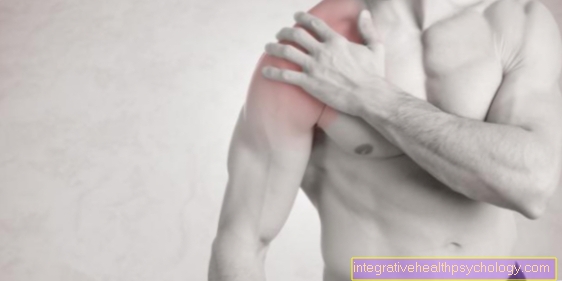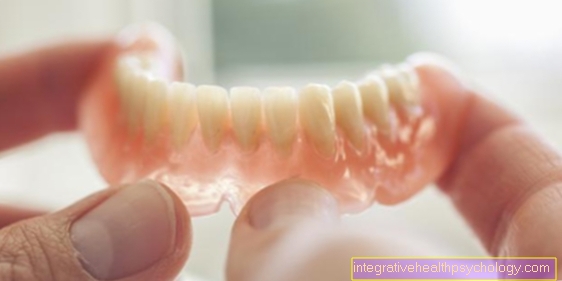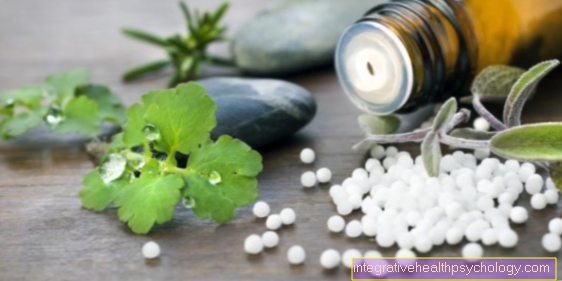Blistered rash
definition
A rash, too Rash is a reddening of the skin that occurs for various reasons and can be accompanied by burning, itching, or oozing. The formation of blisters filled with water or pus can also occur in certain diseases.
See the article below for possible causes of a blistered rash to develop.

causes
Possible causes can be:
- Chickenpox (varicella zoster virus)
- Shingles
- Blistering diseases
- Allergic contact eczema
- Burns / scalds
Please visit our page for more details on the various possible causes of a blistered rash Causes of a rash
chickenpox
One possible cause of a rash with water blisters can be chickenpox, which is caused by an infection with the varicella zoster virus. The water bubbles come in different stages:
- Before the vesicle appeared
- As an intact vesicle
- Already opened blisters and the
- Crusts of the healing vesicles.
The vesicles are on a red background, itchy and filled with clear wound fluid and sometimes pus, which is contagious.
Shingles
The varicella zoster virus remains in the nerves after infection and can recur due to an immunodeficiency or in the elderly as shingles. This typically affects a dermatome as a delimited area of skin that is innervated by a nerve. The water bubbles in the various stages can be found on the red rash. Shingles can cause severe pain and itching.
Blistering diseases
Another rash that primarily affects the elderly is blistering disease. This is an autoimmune skin reaction that comes in a number of forms. The disease begins with a red rash on which large-scale blisters filled with little water form.
Allergic causes
Allergic contact eczema, i.e. a skin rash caused by an allergic reaction, can also lead to blistering or itching.
Burns and scalds
The skin is very red as a result of a burn or scald. Depending on the severity, blisters can also form here.
Blistering by localization
Depending on the location of the skin rash with blisters, certain areas can be assigned to different causes.
Blistering rash on the face
- Perioral dermatitis:
This results in a dry, itchy, red rash around the mouth, which typically spares a narrow strip around the lips and can be accompanied by purulent vesicles or flaking. - Chickenpox:
The bubbles are clear and can appear in different stages ("starry sky"). The vesicles are typically seen all over the body and common symptoms such as fever and headache are present. - Varicella zoster virus:
A flare-up of the virus in case of immunodeficiency can lead to ophthalmic zoster, which affects the eyes and face (typically only one side) with a rash. Since the affected eye can go blind, the infection must be treated.
You might also be interested in the following article: Rash on the face
Rash with blistering of the arms
- Allergic contact eczema: An allergic reaction can lead to a rash with blisters on the arms. It is caused by repeated contact with harmful substances. The skin is reddened, dry, flaky and itchy.
- Chickenpox: This results in a rash on the arms or the entire body with the formation of blisters in different stages, which are usually very itchy.
- Blistering disease
- Burns: Depending on the severity of the burn, blistering can occur.
Read more on the subject below Rash on arm.
Rash with blistering of the hands
- Dyshidrosis: This is an eczema that affects the palm of the hand and forms small, fluid-filled blisters that are very itchy. The skin is red and may ooze if the blisters burst.
- Allergic contact eczema: The skin reacts allergically to the external influence of certain substances. This often leads to redness, flaking, blistering, and itching.
- Hand, mouth and foot disease: Eczema develops in the area of the oral mucosa, the palms of the hands and the soles of the feet.
You can find more information on the topic at: Rash on the hands
Rash with blisters on the legs
- Chickenpox: The appearance of blisters in various stages and general symptoms such as fever and pain are typical.
- Allergic contact eczema: The skin can be reddened and dry, flaky and itchy, as well as have blisters due to contact with akkergenic substances.
- Blistering diseases: The legs can also be affected by a rash with water blisters.
- Burns: Depending on the severity of the burn, blistering can occur.
therapy
Once the doctor has made the correct diagnosis, how the blistered rash is treated will depend on the cause.
- Chickenpox: Treatment of symptoms with cool, moist compresses for itching and paracetamol or ibuprofen for pain
- Shingles: cool, moist compresses, antivirals, pain relievers and ointments
- Blistering diseases: drugs to suppress the immune system (e.g. cortisone)
- Burns: immediate cooling with tap water, nourishing ointments for regeneration
Read more on the topic Treat rash with ointments and creams
diagnosis
An experienced general practitioner or dermatologist is often enough to make a diagnosis, as many rashes show typical patterns. The location of the rash, the vaccination status and the accompanying symptoms also provide information about the likely cause of the rash.
If a skin rash cannot be attributed to any disease or if it does not improve with therapy, the dermatologist can perform a sample excision or punch biopsy (tissue sample).


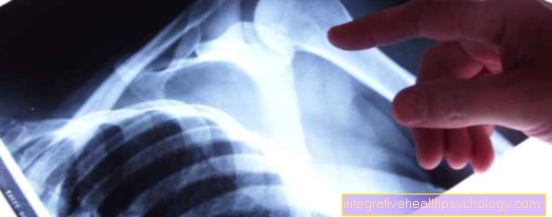
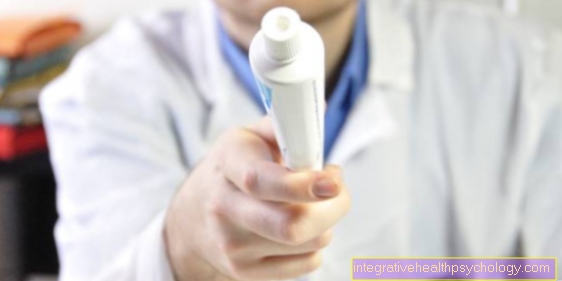


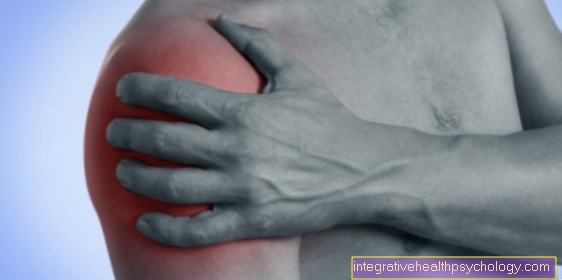



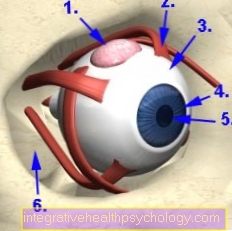
.jpg)


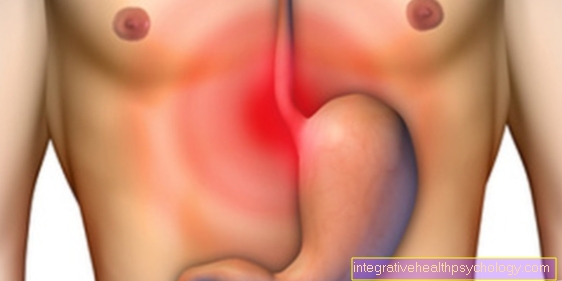
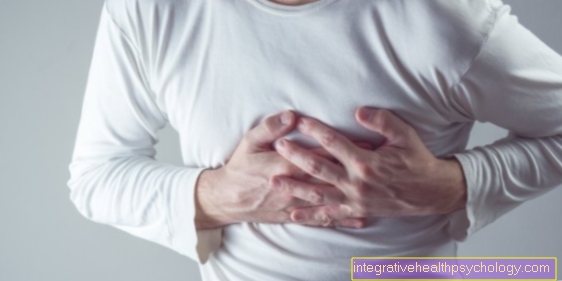

.jpg)




